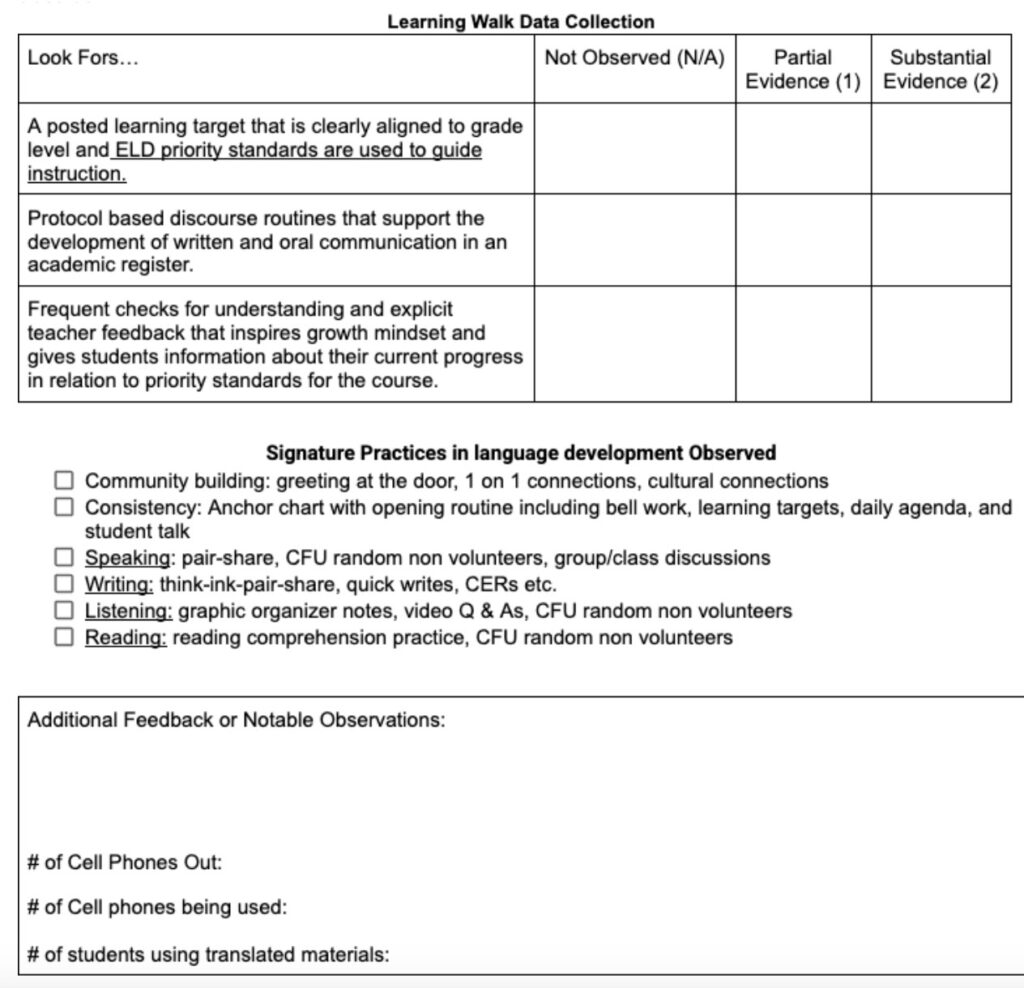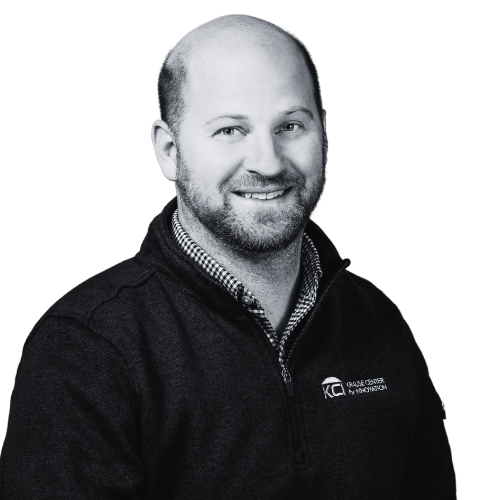August 1, 2025
The Krause Center for Innovation (KCI) and the Monterey Peninsula Unified School District (MPUSD) partnered in the 2024-2025 school year to help the district better support its Newcomers.
Background
It is estimated that by 2030, 40 percent of all U.S. K–12 students will be English learners (ELs)(1). As the population of multilingual students continues to grow, we must ask ourselves: Are we fully prepared to support them?
In California, approximately 1 in 40 K–12 students is a newcomer. California Assembly Bill (AB) 714 establishes a statewide definition of “newcomer pupil,” aligning with the federal definition of “immigrant children and youth.” Under (AB)714, a newcomer pupil is defined as an individual:
- Aged 3 through 21,
- Born outside any U.S. state (including Puerto Rico and D.C.), and
- Has been attending U.S. schools for no more than three full academic years (2)
As this increasingly diverse student population grows, it’s essential that our educational systems evolve—not only to identify who the newcomer pupils are, but also to provide the targeted, comprehensive support they need to thrive.
There are generally two types of Newcomers:
- Students with Limited and/or Interrupted Formal Education (SLIFE)
- Students with Adequate or Ample Formal Education (SAFE). SLIFEs have limited language, literacy, and content knowledge in their primary language and require basic skills such as decoding, writing, and enhanced formal vocabulary. SAFEs, on the other hand, have a strong foundation in their primary language and are able to read, write, and communicate formally in their first language. As a result, they don’t require the additional supports that SLIFEs require (3).
A few years ago, the Monterey Peninsula Unified School District designated two schools in their system where the majority of Newcomer academic supports will reside, including Newcomer teachers, counselors, and other school personnel who support the growth and development of skills directly related to Newcomer students. Those two schools are the Dual Language Academy of the Monterey Peninsula, a Two-Way Bilingual Immersion school that is Preschool-8, and Seaside High School, a comprehensive high school that is 9-12 grades.
KCI’s Professional Learning Approach
The KCI is a professional learning organization located within the Foothill-De Anza Community College District that has supported educators, schools, and districts for over 25 years, with a focus on technology integration and pedagogical best practices. Over the years, KCI has developed a broad network of educators who teach professional learning programs and works with a diverse skill set. One of those educators is Efraín Tovar, M.A.Ed., the founder of the California Newcomer Network and the E.L.D. Department Chair/7th-8th Grade Newcomers/ELD II Teacher at Abraham Lincoln Middle School in the Selma Unified School District in Fresno County, CA. He has over 25 years of experience working with Newcomers and has been influential in equipping and training teachers of newcomers throughout the state of California and beyond.
In the 2023-2024 school year, Seaside High School approached the KCI to support their Newcomer teachers in learning best practices for both integrated and stand-alone Newcomer classes. While there was some success in better understanding terminology, MPUSD recognized that there needed to be a more holistic approach where both DLAMP and Seaside educators required professional learning and the district built out a comprehensive in-take and exit procedure for their Newcomer Program. In the 2024-2025 school year, MPUSD contracted with KCI to do exactly that.
Program Implementation
The overall program consisted of seven full days where MPUSD educators had a variety of professional learning experiences that expanded their capacities to work with Newcomer students, particularly SLIFEs. Prior to any work that he did with the district, he asked the district to provide specific data related to all DLAMP and Seaside Newcomers including Birth City, Birth Country, EL Start Date, Oral Language, Written Language, Listening, Speaking, Reading, and Writing skills, CAASPP ELA Level, and CAASPP Math Level. He also wanted to know their current LTEL and EL Population data as it relates to the level they are. This gave him an idea of their current processes and how students are entering and exiting Newcomer and EL programs.
- On the first day, a cohort of Newcomer teachers went to Efraín’s school to observe him teaching his Newcomer classes. They were provided with a Learning Walk Data sheet where educators were able to look for certain areas that were addressed when working with Newcomers including routines, protocols, checks for understanding, translated materials, and practices in language development observed.

- On days two and three, Efrain went to Seaside and DLAMP respectively to observe the teachers teach their lessons along with other Newcomer teachers where they could learn from each other. Then he debriefed what he saw, and he did a half-day workshop on best practices when working with Newcomers and EL students.
- On day four, Efrain completed a full day workshop with both DLAMP and Seaside teachers on lesson plan building and best practices when working with Newcomer students.
- On Day five and six, Efraín modeled teaching Newcomers at DLAMP and Seaside. Prior to the modeling, he asked each teacher to share their “Newcomer Data Story” where they described their level, whether they were SLIFE or SAFE, and any other achievement data that would help him when he was teaching them. He wanted to deliberately make sure they understood their students well enough so that he could come in cold and be successful teaching a specific lesson that the MPUSD teachers planned. Some of the classes were integrated while others were sheltered. Afterwards, Efraín debriefed with the teachers to explain the techniques he used and how those teachers could help implement them in the classroom. It also stressed the importance of collaboration and planning for all teachers that serve Newcomer students so that there is alignment in routines and structures in the classroom.
- On the final day, Efraín worked with district administrators to design their “leveling up” process so that Newcomers can exit within three years. That included making sure that access to high quality resources and that appropriate skills were being taught at the appropriate times. It also meant that there needs to be improved communication and collaboration between DLAMP and Seaside so that there is vertical alignment and integration.
This was the largest project to date that the KCI has undertaken with Newcomer and EL populations, and with Efraín’s expertise, the district made significant progress toward their goals. The KCI and MPUSD will continue this work in 2025-2026, and it will be exciting to see the progress made.
Research
(1) Gardner, S. (2024, July 24). Education’s Future for English Learners Must Start Now. Teachers College – Columbia University.
(2) California AB714 | 2023-2024 | Regular Session. (2023). LegiScan. https://legiscan.com/CA/text/AB714/id/2696355
(3) Commins, N. H., DeCapua, A., & Tovar, E. (n.d.). Cann?:: California Newcomer Network – Typologies. CANN?:: California Newcomer Network – Typologies. https://www.calnew.net/newcomers/typologies

